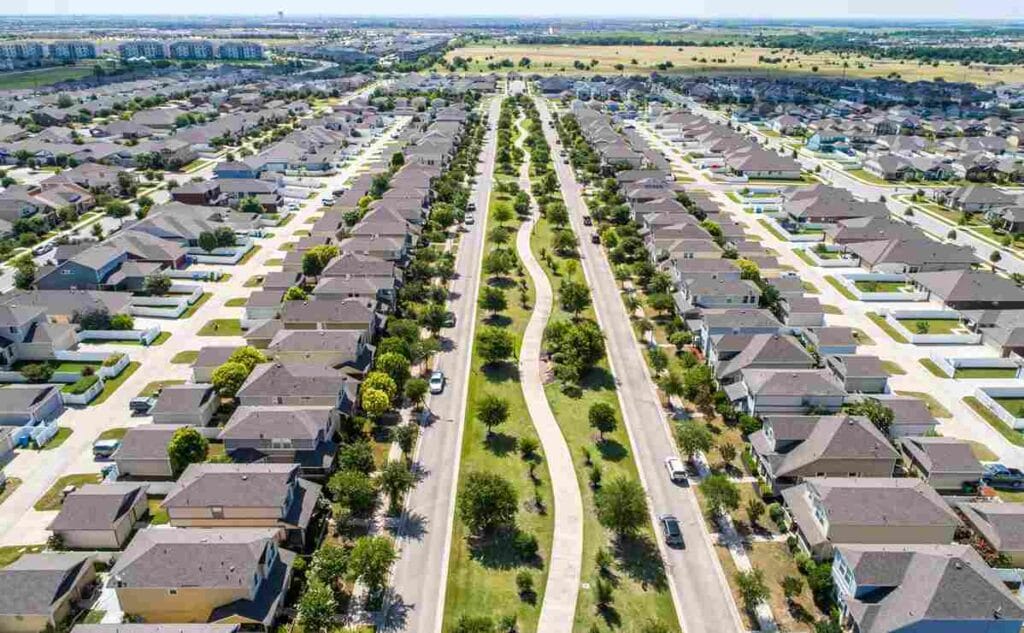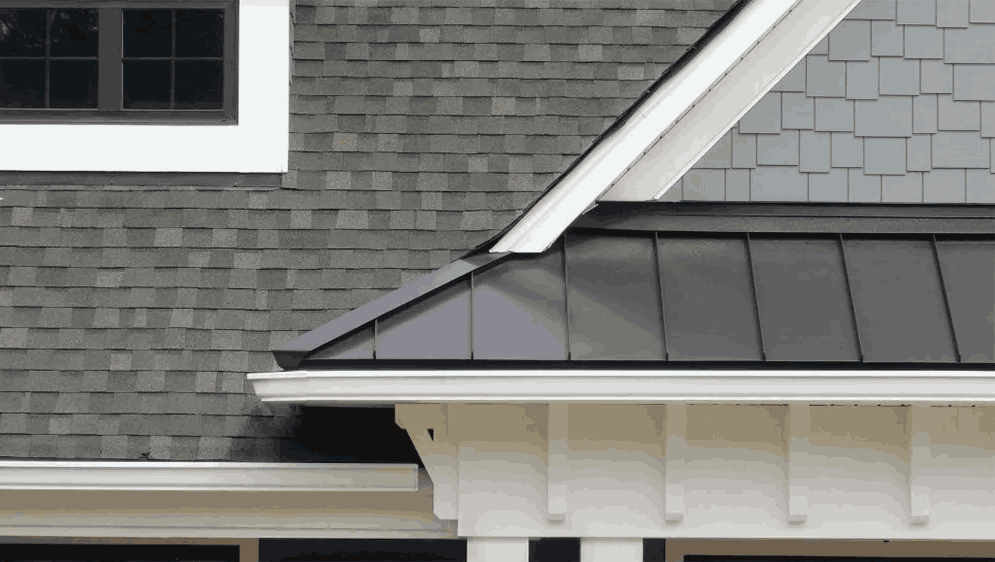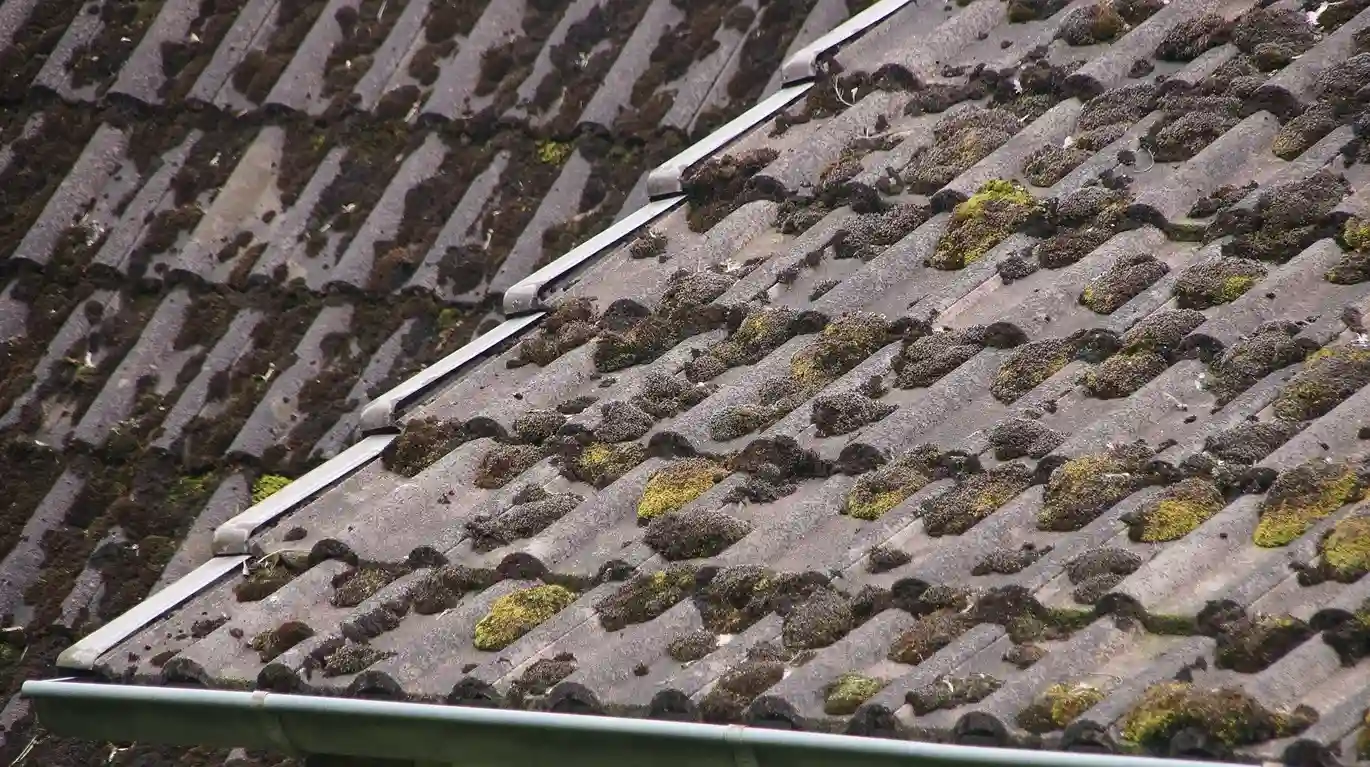
If you’ve ever noticed dark streaks, green patches, or black spots on your roof, you’re likely dealing with mold, algae, or mildew growing on your shingles. While it may seem like a cosmetic problem at first, mold on roof shingles can lead to serious damage, health issues, and costly repairs if left untreated.
In this guide, we’ll cover:
-
What causes mold on roof shingles
-
The risks and consequences of mold buildup
-
How to remove mold safely and effectively
-
Prevention tips to keep your roof mold-free
-
When to repair vs. replace a mold-affected roof
Let’s break down everything homeowners need to know to protect their investment and maintain a healthy, attractive roof.
What Causes Mold to Grow on Roof Shingles?
Mold growth on roofing shingles is usually triggered by a combination of moisture, shade, and organic debris. These conditions prone the perfect environment for mold, algae, and mildew to thrive.
Common Causes:
-
Moisture Retention: Roofs that hold water from rain, dew, or humidity—especially in humid climates—are more susceptible to mold.
-
Shade from Trees or Structures: Lack of sunlight prevents shingles from drying properly.
-
Poor Ventilation: Inadequate attic ventilation traps heat and moisture, encouraging fungal growth.
-
Overhanging Trees: Dropped leaves and debris can trap moisture and provide nutrients for mold.
-
Older or Worn Shingles: Aging shingles may have lost their protective coatings, allowing organic material to accumulate.
While blue-green algae (Gloeocapsa magma) is often mistaken for mold, actual mold tends to be more destructive and spreads aggressively when not controlled.
How to Identify Mold on Your Roof
Recognizing mold early can save you time and money. Mold typically appears in one or more of the following ways:
-
Dark black streaks or blotches
-
Green or brown patches
-
A musty odor near attic vents
-
Soft or sagging spots on the roof (in severe cases)
Tip: Use binoculars or a drone to inspect your roof from the ground. Climbing up without safety gear can be dangerous.
Why Mold on Roof Shingles Is a Serious Problem
Mold is more than an eyesore—it can weaken your roof and even affect your family’s health.
Structural Damage
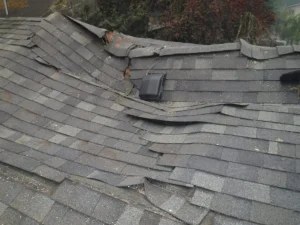
-
Mold feeds on organic material. As it spreads, it can compromise shingle integrity, underlayment, and even roof decking.
-
Left untreated, it can lead to water leaks, rot, and premature roof failure.
Health Risks
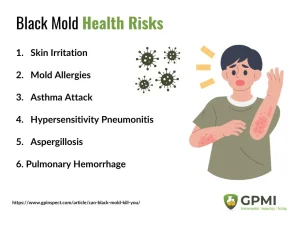
-
Mold spores can enter your home through attic ventilation or air leaks.
-
Mold exposure is especially dangerous for individuals with asthma, allergies, or weakened immune systems.
Lower Curb Appeal & Home Value
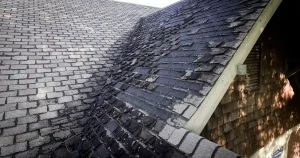
-
A moldy roof can reduce your home’s resale value and deter potential buyers.
-
Insurance claims may be denied if mold is found to be due to neglect or poor maintenance.
How to Remove Mold from Roof Shingles (Step-by-Step)
If mold is caught early, DIY removal is possible with the proper method. However, you must be cautious not to damage the shingles or void your roof warranty.
Supplies You’ll Need:
-
Garden hose, pump sprayer or low-pressure washer
-
Mold-removal solution (DIY or commercial)
-
Soft-bristle brush
-
Rubber gloves, goggles, and a mask
-
Ladder with safety support
Recommended Cleaning Solution:
DIY Dilute and Mix:
-
1 gallon of water
-
1 cup of bleach agent
-
1 cup of trisodium phosphate (TSP)
Alternatively, use a non-bleach roof cleaner specifically designed for shingles (often safer for landscaping and pets).
Cleaning Process:
-
Check the Weather: Choose a cool, overcast day with no rain forecast.
-
Prep the Area: Cover landscaping and seal gutters if needed.
-
Apply Solution: Spray evenly over the moldy areas—starting at the bottom and working up.
-
Let It Sit: Allow 15–20 minutes for the solution to soak in.
-
Rinse Gently: Use a low-pressure hose and spray water to rinse from top to bottom. Never use a high-powered pressure washer.
-
Repeat if Necessary: Some stubborn spots may require a second application to ensure effective cleaning.
Important: Avoid aggressive scrubbing or harsh chemicals, which can damage shingle granules and reduce your roof’s lifespan.
When to Hire a Professional
If your roof is steep, heavily infested, or over 10 years old, it’s best to contact a licensed roofing contractor or roof cleaning service. Professionals have the tools, harnesses, and eco-safe products to do the job safely and thoroughly.
Professional cleaning may also be covered under a roof maintenance plan or warranty.
How to Prevent Mold from Returning
Prevention is the key to avoiding repeated mold growth—and expensive repairs.
Top Prevention Tips:
-
Install Algae-Resistant Shingles: Modern shingles with copper or zinc coatings help prevent mold and algae.
-
Improve Attic Ventilation: Keeps your roof cool and dry.
-
Trim Overhanging Branches: Allows more sunlight and reduces debris accumulation.
-
Clean Gutters Regularly: Prevents water from backing up onto the roof edge.
-
Install Zinc or Copper Strips: When it rains, the metal ions help inhibit mold growth.
-
Schedule Annual Roof Inspections: Early detection leads to faster treatment.
When Mold Means It’s Time to Replace Your Roof
If mold has been left untreated for too long, or if your shingles are near the end of their lifespan, cleaning may not be enough.
Signs It’s Time for Roof Replacement:
-
Mold has spread slimy to the underlayment or decking
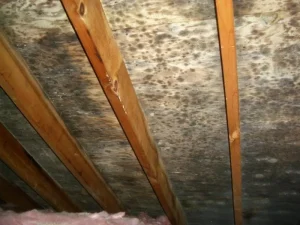
-
Shingles are cracked, curling, or missing granules
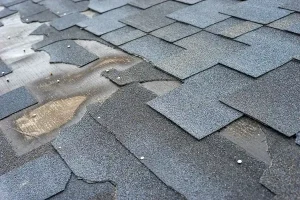
-
You’re experiencing wet interiors, leaks or water damage
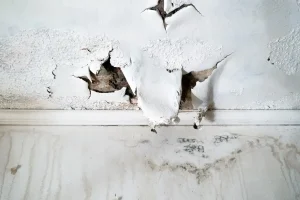
-
Your roof is 15–25 years old, depending on material quality
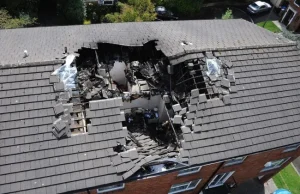
In some cases, recurring mold from your roof can indicate larger systemic problems such as poor insulation, ventilation, or roof slope design. A full roof replacement may be the most cost-effective long-term solution.
Cost of Roof Mold Removal
Here’s what homeowners can typically expect to pay to get the Job done:
-
DIY mold removal supplies: $50–$150
-
Professional roof cleaning: $300–$1,000 depending on roof size and severity
-
Roof replacement (due to mold damage): $8,000–$20,000+
Preventative maintenance and early treatment are always more affordable than waiting for major damage to occur.
Final Thoughts: Protect Your Roof from Mold the Smart Way
Mold on roof shingles is more than just an aesthetic issue—it can cause long-term damage to your home and health. The good news is that with the right care and preventative strategies, it’s easy to treat and even easier to prevent.
Whether you opt for DIY cleaning or professional service, the key is to act quickly, clean safely, and make smart choices about ventilation and materials. And if your roof is aging or damaged, replacing it with algae- and mold-resistant shingles can save you thousands in future repairs.

